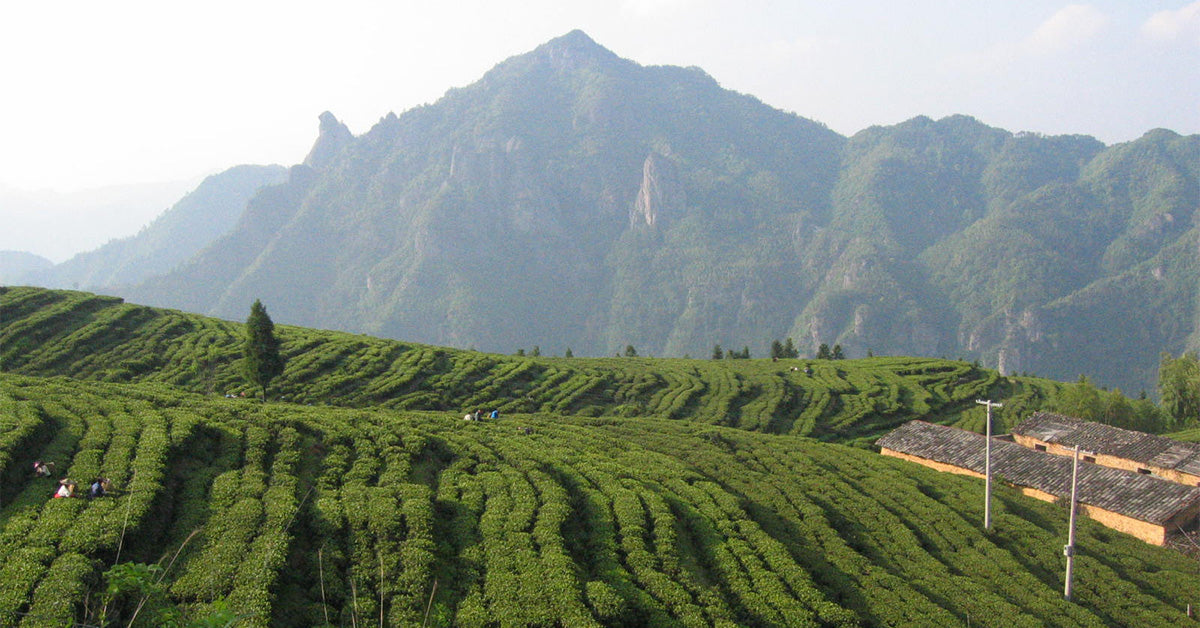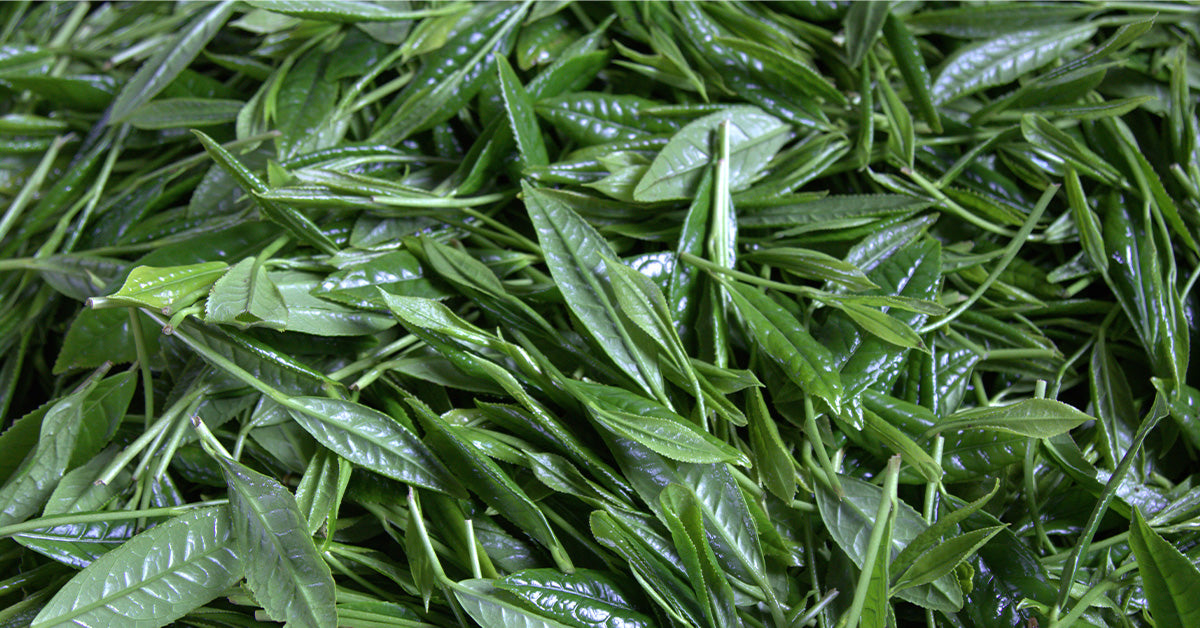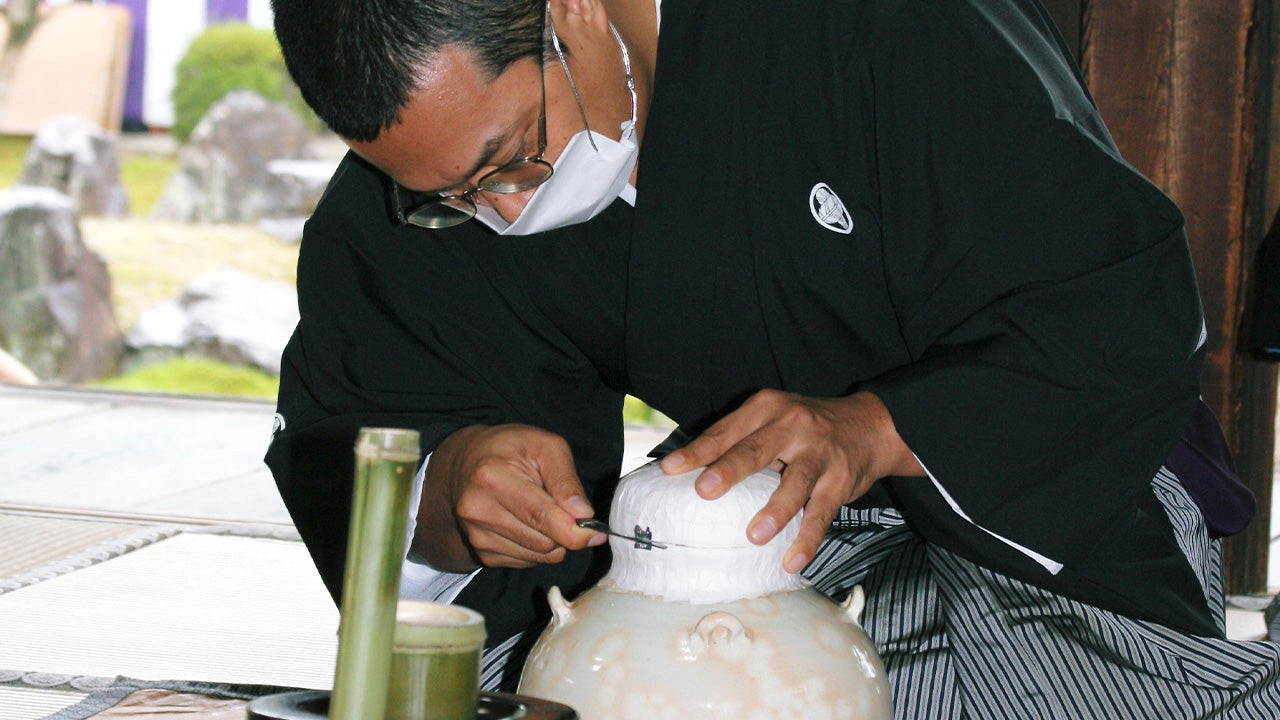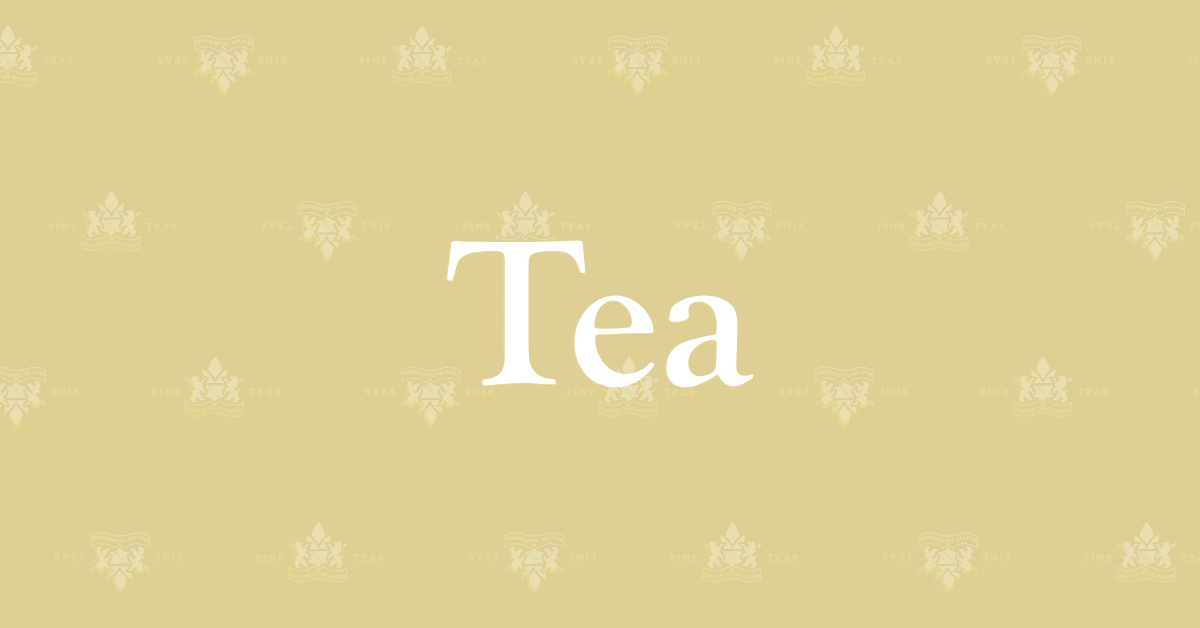Green teas have become quite popular here in the U.S. in the last few years. Folks love the benefits of green teas, like antioxidants, which it is full of! That’s due to the way green tea is processed – it undergoes less internal change than other teas, which means it contains the largest quantity of intact catechins, a substance that protects our cells from damage by free radicals. Recently, the U.S. Tea Association was cleared to state that drinking green tea was good for your health. This is a big change. Yes, people have been saying this for many years. However, now there is official proof.
If you want to know all about green tea in general, I’d suggest you visit our Green Tea 101 page for all the good stuff! But I’m here today to talk specifically about Chinese green teas. The Chinese have known for a lot longer than we have that green tea is good and good for you. But let’s talk about what’s so special about Chinese green teas.
The first thing I’ll say about these wonderful teas is that they have an incredibly lovely mixture of various vegetal notes and sweetness. Oftentimes, the roast flavors add a level of complexity not found on other green teas. Chinese green teas also have interesting shapes since the Chinese like to have different-looking teas. I love them. We need more people to understand them better!

People often ask what makes Chinese green tea different from Chinese black tea, wondering if they come from different plants or if something else is the difference maker. My answer is this: like many things in life, it depends! In the Keemun area in southern Anhui Province, the same plant that made a great green tea (Huangshan Mao Feng) is used for a Keemun black tea. However, in Hangzhou, the plants that made classic Lung Ching are pruned back after the season ends in April, so they only make Lung Ching and not also a black tea. Fixing is another way Chinese green teas and Chinese black teas are different – see below for more on that.
“Fixing” is another way that Chinese green teas separate themselves from their nearest competitor, if you will, Japanese green teas. Fixing doesn’t mean there was something wrong and it got “fixed,” by the way! Fixing is where the enzyme that would turn the leaves brown is “fixed” by a heat source. The heat destroys the enzyme, so the leaves stay green. The two main methods of using heat is direct contact of the tea leaves to a very hot surface or using steam to do the same thing. The Chinese like using a hot surface such as a large work, and the Japanese favor the steam method. Either way, however, the vegetable turns a bright green. It is a “fixed” green.
The flavor, however, will be different. You might think of cooking asparagus; if you use a frying pan or steamer to cook the asparagus, you get a different flavor result. Just like the crust of bread tastes different than the inside. The high heat when the tea is dried with the wok fuses the amino acid (protein) and the natural sugars into something that creates roast flavors. More complex than the simple vegetal flavors found in Japanese teas. Not that one is better than the other. Just different.
The flavor profiles of Chinese green tea compared to Japanese green tea also depend on the time of year they were harvested. Spring teas from China have a wide variety of vegetal flavors, from asparagus to bok choy. They have a natural sweetness. Sometimes a bit citrusy or floral notes. With Lung Chings, we look for roasted nut flavors. The summer teas are not sweet and are often likened to charred leeks.
Spring teas from Japan have assertive vegetal flavors: spinach, nice seaweed, and artichoke. Their summer teas are often grassy.

Because we only want to bring the best Chinese green teas to our Harney & Sons customers, we source them from the best areas. Zhejiang makes many of the best Chinese teas. Also, we find Bi Lo Chun from the neighboring area south of Suzhou and the adjacent province of Anhui. Our friends out in Hunan always make some stunning Chinese green teas. We do find wild teas more out in Hunan, and those are extra special.
The other way we source the best teas is to purchase spring teas – that’s the best time of year to get teas from China. The tea plant is taking the stored energy (sugars) from the previous year and using that to jumpstart the new season. So like with a maple tree sending up sap to start the new year (I love maple syrup), the tea plant starts to make new leaves. So it uses those sugars and also concentrates amino acids (baby proteins) in the tea buds and small leaves, to make big new leaves and keep growing. That works out for us – we love the flavors from the plant that it is using for its own growing purposes.

One special type of Chinese green tea is called Qing Ming. Here’s how they got their name. There’s a festival in China called Ching Ming. It goes back to old times when the dearly departed were honored by their families, and graves where they lay, are swept out. It is usually around the end of March to early April – this year it’s on April 5. The tea plants start pushing out around then, and the ones made just before are the most prized and the most expensive.
While green teas do have health benefits, if you’re looking to avoid caffeine, green teas can’t help you there (unless they have been through the decaffeination process). Green teas actually have more caffeine than black tea. Fun science fact: caffeine is an insect repellant! The bug bites into the leaves, gets a strong dose of Joe (caffeine) and bugs off, if you will, on a caffeine high. So definitely green tea has caffeine. Since the green tea is brewed for a shorter period of time than black teas, there is less caffeine in your cup.
Speaking of brewing…here’s how you should prepare your Chinese green tea.
- In your teapot or filter, add 1 teaspoon of loose tea for each cup of tea you’re brewing. Or use a sachet or teabag.
- Pour fresh, filtered water over the loose tea, sachet or teabag. This super saturates the tea, allowing the perfect extraction of flavor.
- Green teas vary on their optimal brewing temperature based on their origin. Chinese green tea leaves can take a little more heat than Japanese green teas, so brew Chinese green at 175°F.
- Brew for three minutes, then remove the tea. Chinese green teas require less time and less heat than Chinese black teas.
Finally, the most important item – what are my favorite Chinese green teas, you ask? Anji Baicha is a favorite, and of course Lung Ching from Meijiawu outside of Hangzhou. Do I have to stop there? If I did not like a tea, we would not carry it. They have to be teas that make you smile!
















4 comments
Jack Drinkwater
After trying numerous green teas, I’ve settled on gunpowder green tea. I enjoy it anytime, hot or cold. The flavor just suits my taste and I like the color.
I still like to explore different green teas but don’t really like the Japanese teas.
After trying numerous green teas, I’ve settled on gunpowder green tea. I enjoy it anytime, hot or cold. The flavor just suits my taste and I like the color.
I still like to explore different green teas but don’t really like the Japanese teas.
Sharry Cummins Holman
Hey thanks for the interesting explanation of green tea! It was a good read!
Enjoy your cuppa! And Happy Easter to you & yours!
Sincerely,
Sharry
Hey thanks for the interesting explanation of green tea! It was a good read!
Enjoy your cuppa! And Happy Easter to you & yours!
Sincerely,
Sharry
Melissa Wood
Thank you for this interesting article. I love all your teas and am going to buy the 2 you recommended! :)
Thank you for this interesting article. I love all your teas and am going to buy the 2 you recommended! :)
Sal Messina
What are the top green loose leaf teas for making iced green tea? Unfortunately, I’m not fond of your Blueberry Green.
Thank you,
Sal
What are the top green loose leaf teas for making iced green tea? Unfortunately, I’m not fond of your Blueberry Green.
Thank you,
Sal